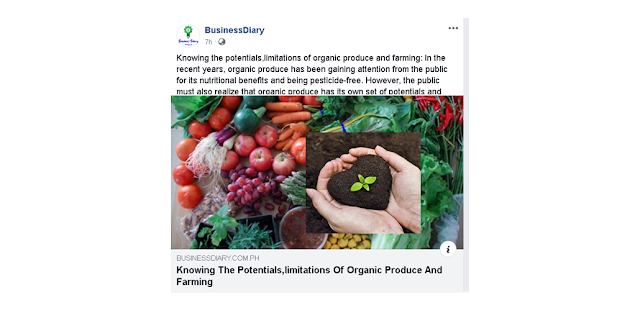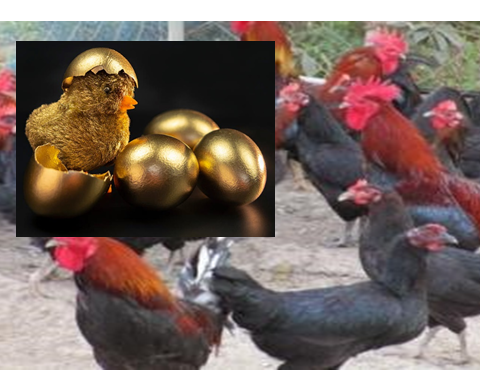From Facebook sharing by Secretary of Agriculture William Dar: “DA Yet To Obligate, Disburse 65% Of RCEF For This Year[1]” by Madelaine B Miraflor (27 June 2020, Manila Bulletin):
To obligate P15 billion:
67% (P10 billion) for Mechanization
20% (P03 billion) for Seed Distribution
13% (P02 billion) for Credit & Extension.
I look at the numbers as So Much Power Distributed.
Knowledge Is Power – Thomas Jefferson.
(icon from National MS[2])
More powers must be applied to ailing PH agriculture today – Frank A Hilario.
I refer to the (1) Power of Budget, (2) Power of Business, (3) Power of Science, and (4) Power of Knowledge Composed & Communicated. (business plan from PESTLE Analysis[3]). These powers are all necessary, to give overall PH Agriculture the requisite assistances that it needs to help bring Filipinos from the “New Normal” to the “New Prosperity.”
We are Witness to History in the Making – and the best thing is we have in Secretary William Dar the Best National Manager for PH Agriculture.
I am sure of that. I have known him for the last 13 years starting when he was on his 8th year as Director General of the International Crops Research Institute for the Semi-Arid Tropics, ICRISAT, based in India. He was DG from January 2000 to December 2014, when he had to retire. 15 years as head of an international agency that covered/covers Asia and Africa – the Indians must have seen the high quality of Servant Leader that they had!
I knew all that because I was international consulting writer for ICRISAT from January 2007 to December 2014. As a work from home, WFH, consultant, I wrote and ICRISAT published 7 collections of my essays about its aims and accomplishments. ICRISAT's shining light was a 5-word beacon: “Science with a human face.” And so I am sure, while it has not been articulated yet, in advancing PH Agriculture, that will become:
Science with a Philippine face.
Science for all. Prosperity for all.
Nonetheless, our servant leader is not going to do it all for us! We are all in this together.
My first contribution. Differently and diffidently, I would obligate the P15 billion this way:
40% (P06 billion) for Mechanization
20% (P03 billion) for Seed Distribution
40% (P06 billion) for Credit & Extension.
I got P4 billion from Mechanization added to Credit & Extension – these 2 being most neglected until now.
One for the money, Two for the show, Three to get ready, and Four to go!
Super Budget: DA should have it.
Super Business: Make sure Landbank assists ably financially and teach Coops to teach Member Farmers to be mindful of Costs & Returns.
Super Science: Make sure our Research Managers & Researchers come up with more new and/or improved Aggie Science.
Super Knowledge: Make sure our Extensionists can compose & decompose Technologies and/or Systems for & bring to the attention of farmers the quickest & unobtrusive way: Digital.
"Together we act, win, heal and rise as one!" – William Dar@517

















